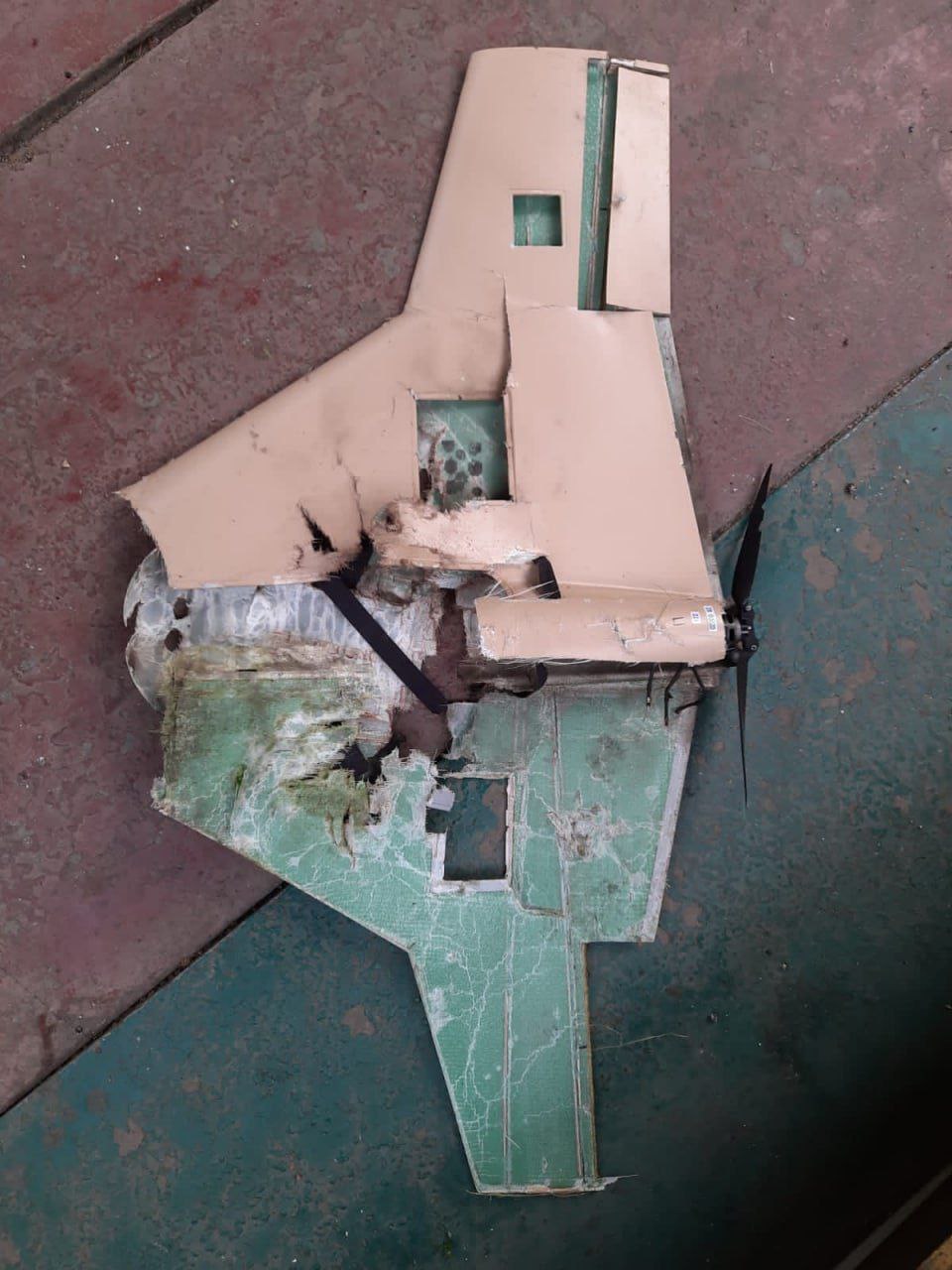The Armed Forces of russia have reportedly received an upgraded version of the KUB-BLA kamikaze drone, otherwise known as ZALA Kub or Kub-UAV. The first batches of the modernized aerial drone were already delivered to the troops.
The modernization of the drone primarily focused on enhancing the power of its warhead. The information comes from Alan Lushnikov, president of the Kalashnikov Concern, part of the Rostec corporation, as quoted by European Defense Review.
Read more: Ukrainian Anti-Aircraft Gunners Shoot Down a Rare russian SuperCam Drone (Video)

On a note from Defense Express, the Kub-BLA is not a typical suicide drone, since it's used less often compared to other drones of the same class, such as the Lancet.
Another key feature lies in its specifications: Kub-BLA can reach a flight speed of up to 130 km/h, with a flight duration of up to 30 minutes.
However, one limitation of the Kub-BLA has been its relatively small warhead, weighing only 3 kilograms, which may limit its effectiveness against certain targets. Additionally, the drone lacks an electro-optical sensor, which means it must be unable to autonomously adjust its route during flight.
To address these issues, the reported upgrades to the Kub-BLA introduce an OFBCh-2.5 warhead with octogen (colloquially HMX), an explosive compound claimed to be 1.7 times more powerful than TNT. Currently, no open data is allowing to assess the extent to which this enhancement improves the drone's effectiveness against targets.

It's worth noting that this is not the sole example of russia's efforts to experiment with and improve warheads for its drones. Earlier, Defense Express shared photos of a new, yet unidentified, warhead used in the Geran-K modification of Shahed-136 loitering munitions — indicating russian attempts to enhance the suicide drone of iranian origin with self-developed solutions.
Read more: Geran-K Update: Warhead of russia's New Shahed-136 Type Comes From a Mysterious Missile (Photo)














